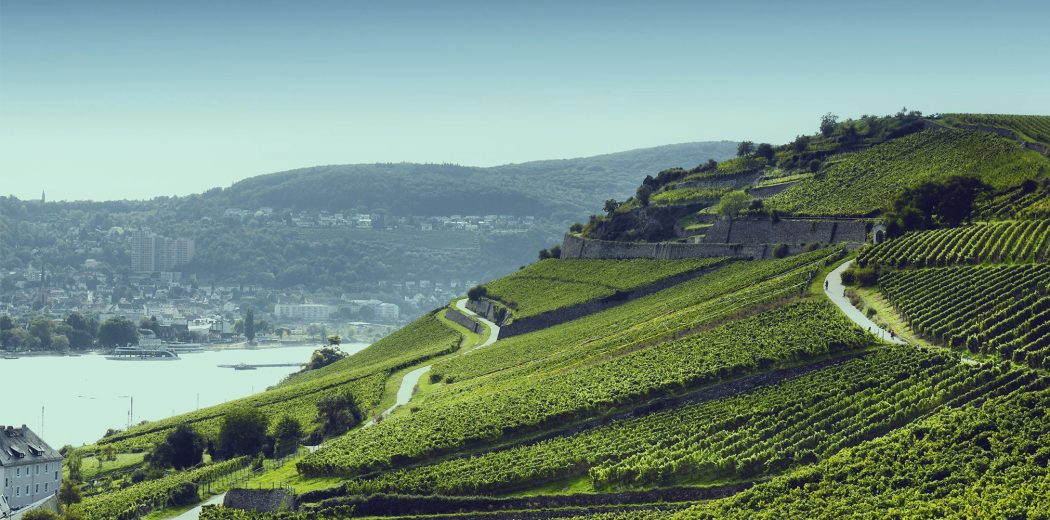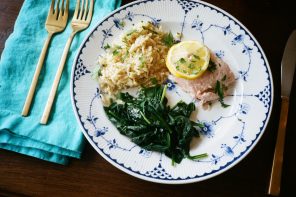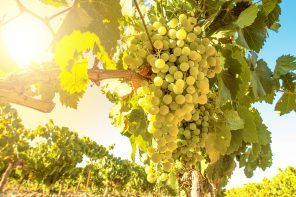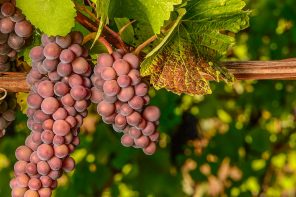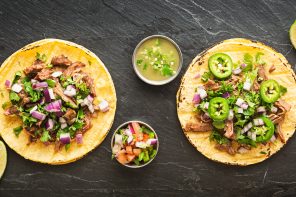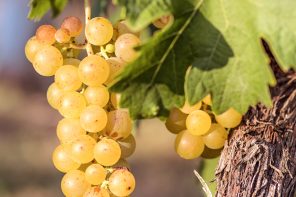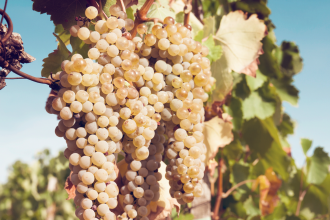Of all the wine classification systems to understand, Germany might just be the hardest. Between sugar scales, ripeness levels and words longer than entire English phrases, getting to know the basics of German wine can seem like an impossible feat; however, once you get a grasp on the fundamentals, it’s learning about the regions where the fun begins. Although Germany may be small, the diversity amongst the regions is immense. Today, we’re focusing on one of Deutschland’s most popular appellations: the Rheingau.
Although the Rheingau’s vineyards cover less than five percent of the country’s total plantings, the bottles coming from the region mean serious business. The Rheingau (rhymes with wine-NOW) produces more Riesling per anbaugebiete, AKA German wine producing area, than any other one of Germany’s 13 designated regions. Nearly 80 percent of the region’s vines are dominated by the grape, rounded out with Pinot Noir (that’s Spatburgunder in German), and minimal amounts of Muller-Thurgau.
Though such a celebrated status isn’t new to the Rheingau. The appellation boasted a high number of aristocratic producers in the 1700s, known for their cultivation of the rich, noble Riesling variety. In fact, it’s the Rheingau that is credited for the beginning of the Pradikat system, still currently used today to identify bottles based on differing degrees of ripeness. And as if that weren’t enough to capitalize on, even Queen Victoria herself had an affinity for the lavish bottles of Riesling coming from the Rheingau! Riesling for royalty? Sign us up.
Situated at a latitude of 50 degrees north, the Rheingau finds itself in one of the coolest grape-growing climates in the world. However, vineyards’ southern facing slopes give the vines optimal sun exposure, providing fruit with just enough warmth to reach ideal balance.
The region is characterized by a 20 mile stretch of gentle slopes, predominantly found on the northern bank of the Rhine river. The Taunus mountain range shields vineyards from harsh, cool winds, coupled with reflected heat coming off the Rhine river. Soil types vary throughout the region, including chalk, gravel, clay and slate compositions.
Rheingau Rieslings are generally characterized by a stronger mineral component and more complex structure than those of other neighboring regions. While a large number of the country’s highly sought-after sweet wines come from the Rheingau, it’s the appellation’s dry wine production that has skyrocketed over the last fifty years. For wine fit for a queen, look no further than the Rieslings of Rheingau!

